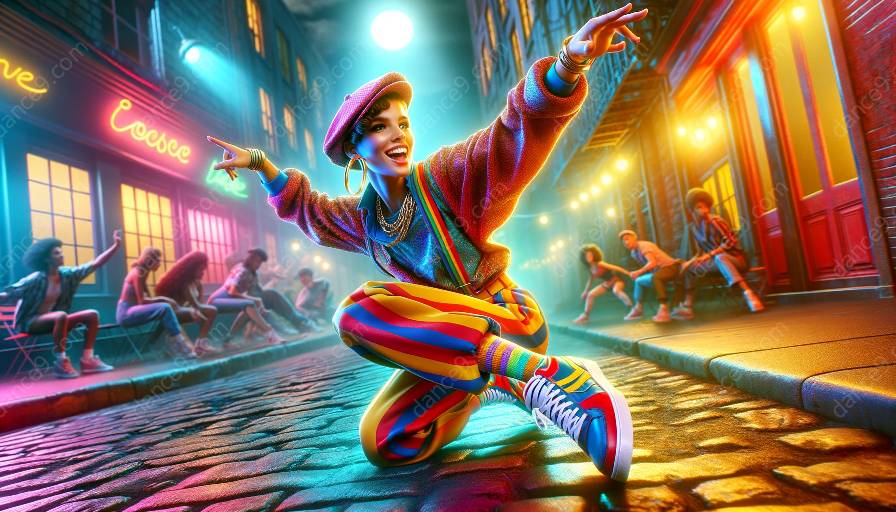Locking is a dance style that originated in the 1970s and is characterized by fast and distinct movements, combined with pauses or 'locks' in the middle of a dance sequence. When it comes to matching locking techniques with music, dancers must adapt to the rhythm and style of the music to enhance their performance.
Understanding Locking
Locking is not just about executing specific moves but also about expressing the music through those moves. The ability to synchronize locking with different music genres is essential for dancers who want to excel in their art. They need to understand the key elements of locking and how it can be adapted to various musical styles.
Adapting to Different Genres
1. Funk Music: Funk music is often associated with the birth of locking, and it provides a natural fit for the dance style. The upbeat rhythm and funky bass lines of funk music allow for sharp, percussive movements that define locking.
2. Hip-Hop: Locking's energy and dynamic pauses can be synchronized with the rhythmic beats and narrative flow of hip-hop music. Dancers can use the breaks in the music to punctuate locking moves, creating a powerful visual impact.
3. Electronic Music: The electronic genre offers a wide range of styles, from house to techno, and each style presents a unique opportunity for locking. Dancers can adapt their movements to the pulsating beats and electronic elements, creating a futuristic and engaging performance.
Bringing it to Dance Classes
Incorporating the adaptation of locking techniques for different music genres into dance classes can significantly enhance the learning experience for students. By exposing dancers to a variety of music styles, they can expand their repertoire and develop a deeper understanding of how to interpret music through movement.
Dance instructors can structure classes to focus on specific music genres, allowing students to explore how locking techniques can be adapted to match the rhythm and mood of each genre. This approach not only improves dancers' technical skills but also encourages creativity and musical interpretation.
Conclusion
Adapting locking techniques for different music genres is a vital aspect of mastering this dance style. By understanding the connections between locking and music, dancers can elevate their performances and express themselves more effectively. Incorporating this adaptability into dance classes empowers students to become well-rounded dancers with a deep appreciation for musicality and versatility.













































































